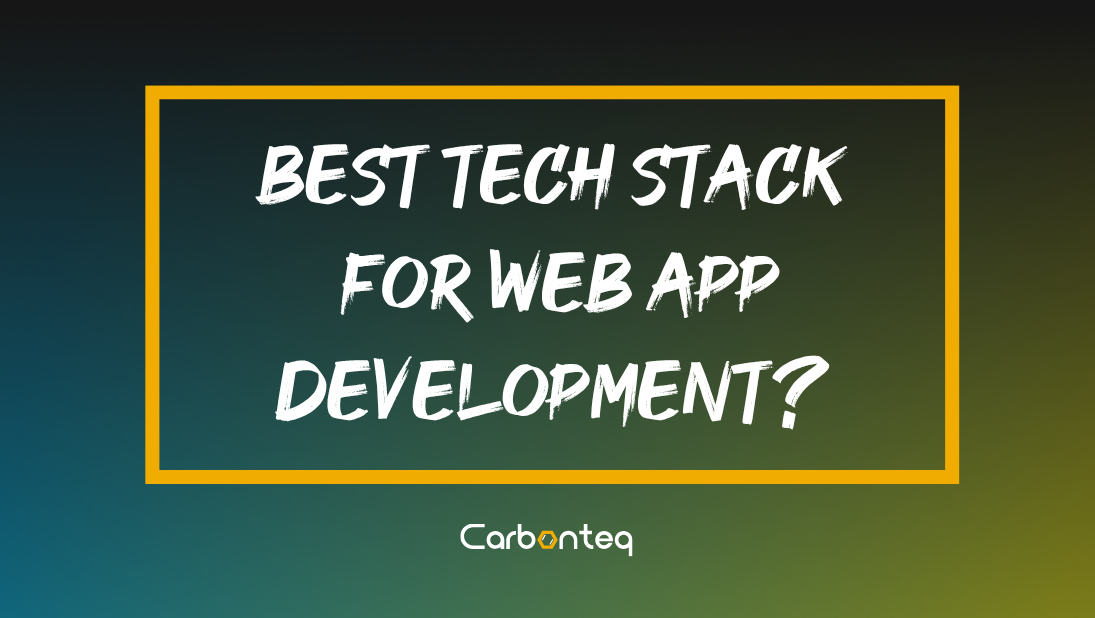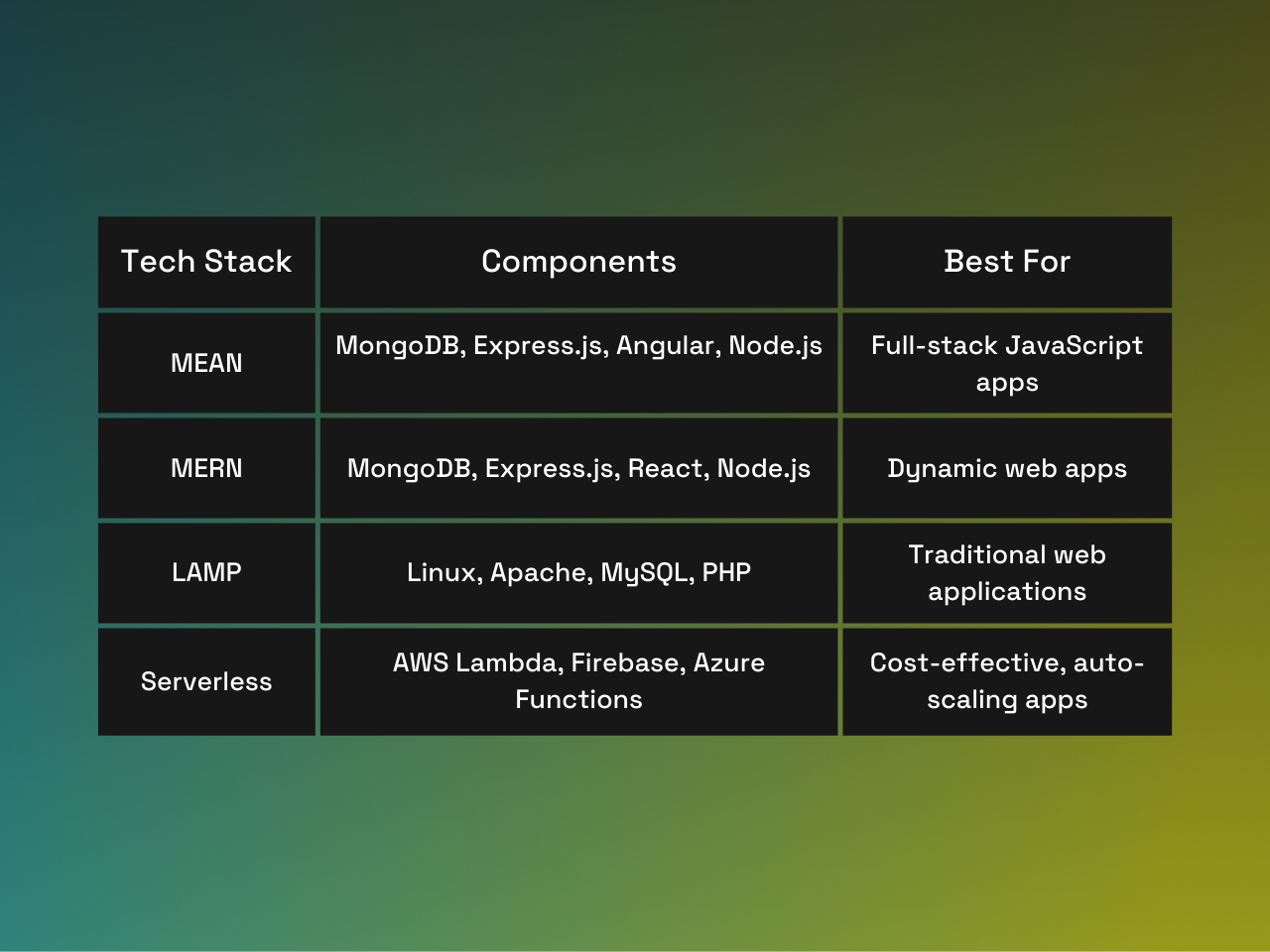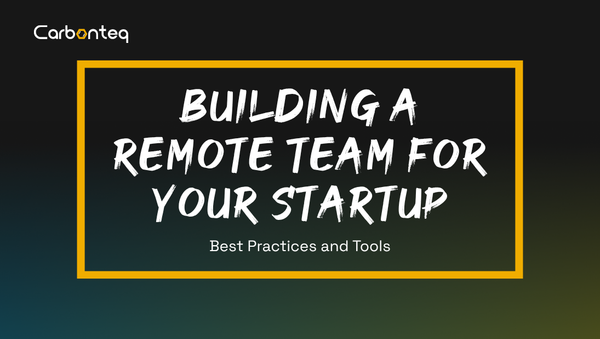How To Determine The Right Tech Stack For Your App

Choosing the right tech stack is one of the most critical decisions when developing an app. A tech stack consists of the programming languages, frameworks, databases, and tools used to build and operate an application. This selection impacts development speed, performance, scalability, and maintenance costs.
With the rapid evolution of technology, developers and business owners must navigate a vast array of choices. Should you opt for a well-established stack like LAMP, or go for the flexibility of a serverless approach? How do you balance performance, security, and cost? This guide breaks down the essential components of a tech stack, key decision-making factors, and frameworks to help you make an informed choice.
Understanding Tech Stacks: Frontend, Backend, and Database
A tech stack is typically divided into three core components:
Frontend Technologies
The frontend, or client-side, is what users interact with. Common choices include:
- React.js: A highly popular JavaScript library known for its flexibility and performance.
- Angular: A powerful framework developed by Google, ideal for enterprise applications.
- Vue.js: A lightweight and progressive framework with an easy learning curve.
Backend Technologies
The backend, or server-side, processes logic, manages data, and handles authentication. Popular backend technologies include:
- Node.js: A JavaScript runtime known for its non-blocking architecture, ideal for real-time applications.
- Python (Django/Flask): A robust choice for data-driven applications and AI integrations.
- Ruby on Rails: A developer-friendly framework for rapid prototyping and web applications.
Database Options
Databases store and manage application data. Choices often come down to SQL vs. NoSQL:
- SQL Databases: Structured and ideal for applications needing complex queries (e.g., MySQL, PostgreSQL).
- NoSQL Databases: Flexible and scalable, best for unstructured data and real-time apps (e.g., MongoDB, Firebase).

Key Considerations for Choosing a Tech Stack
1. Understanding Project Requirements
- Functionality & Features: Define your project’s scope. For instance, if you need real-time communication, technologies like WebSockets will be essential.
- Performance & Scalability: Large-scale applications need high-performing tech stacks that support scalability. Microservices, containerization (Docker, Kubernetes), and cloud-based solutions help manage growing workloads.
- Complexity: Simple projects may do well with monolithic architectures, while complex systems often benefit from modular or microservices-based approaches.
2. Team Expertise
- Existing Knowledge: Leveraging your team’s existing expertise increases productivity and reduces the learning curve.
- Training Requirements: If a new technology is required, factor in time and costs for training or hiring specialized developers.
3. Market Trends & Community Support
- Industry Adoption: Using widely adopted technologies ensures better community support, easier hiring, and long-term maintenance.
- Future-Proofing: Choose technologies with a strong roadmap to prevent your stack from becoming obsolete too soon.
Steps to Select the Right Tech Stack
1. Assess Your Current Technology and Infrastructure
- Review existing tools and frameworks.
- Determine how new technologies will integrate with your existing systems.
- Identify gaps or bottlenecks that need improvement.
2. Evaluate Your Team’s Skillset
- Take stock of your team’s experience with different technologies.
- Consider hiring specialists or training existing team members if necessary.
3. Match the Tech Stack with Project Requirements
- Ensure compatibility between different components of your stack.
- Prioritize scalability and security for long-term success.
4. Analyze Development & Maintenance Costs
- Open-source technologies can reduce costs, while enterprise solutions may offer better support and security.
- Factor in long-term maintenance costs, including updates, bug fixes, and hosting.
5. Test & Validate Before Finalizing
- Develop a prototype or MVP to test how well the tech stack meets your needs.
- Gather feedback from developers and stakeholders.
- Make adjustments based on real-world performance before committing to full-scale development.
Conclusion
Selecting the right tech stack isn’t just about picking trendy technologies—it’s about aligning your business needs with technical capabilities. The right choice enhances performance, scalability, and long-term sustainability.
Start by defining your app’s core requirements, evaluating available technologies, and leveraging community-driven support. Remember, technology evolves, so stay adaptable and open to stack upgrades as your app grows. A well-thought-out tech stack decision sets the foundation for a successful, high-performing application.



